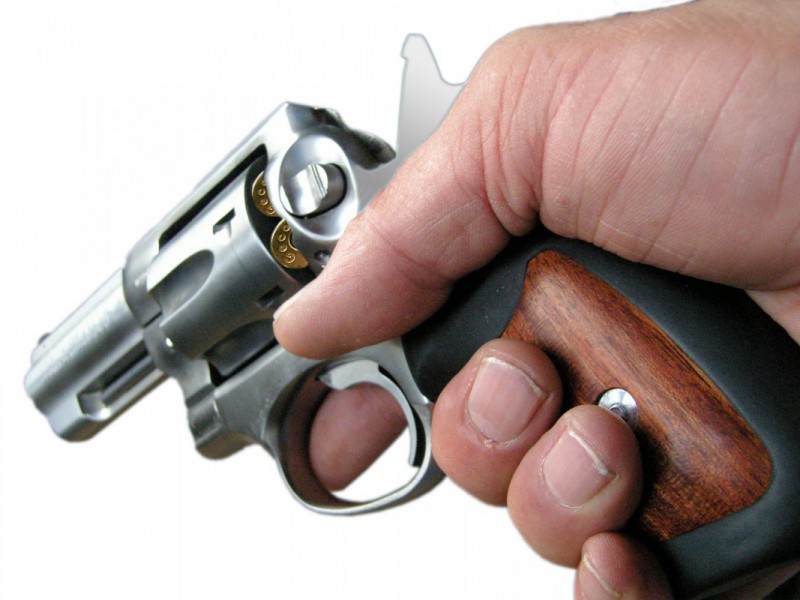Maryland Lieutenant Governor Kathleen Kennedy Townsend (D) recently urged a ban on Saturday Night Specials and “assault weapons,” while recommending a national ballistic fingerprint database. The interviewer, CNN’s Judy Woodruff, asked no difficult follow-up questions. We, therefore, again humbly offer suggestions for questions to our Second-Amendment-challenged colleagues in the media.
— Why do gun-control advocates point to Japan, a country with restrictive gun control, but fail to note the low per capita murder rate of Japanese-Americans living in America, a country with “lax” gun control? In Japan, in 1996, the murder rate stood at 0.6 homicides per 100,000 citizens each year, with America overall at 9.4 per 100,000. According to criminologist Gary Kleck, “The homicide rate in Japan is 2.3 times greater than it is among Japanese-Americans (emphasis added) where firearms are plentiful and considerably easier to obtain.”
— Why do gun-control advocates deride, as paranoid, the NRA’s assertion that many gun-control “advocates” want an outright ban? Nelson Shields, the founder of the National Council to Control Handguns, which later became Handgun Control Inc., said in a 1976 New Yorker interview, “Our ultimate goal — total control of handguns in the United States — is going to take time. My estimate is from seven to 10 years. The first problem is to slow down the increasing number of handguns being produced and sold in this country. The second problem is to get handguns registered. And the final problem is to make the possession of all handguns and all handgun ammunition — except for the military, policemen, licensed security guards, licensed sporting clubs, and licensed gun collectors — totally illegal.”
— Why don’t gun-control advocates note that in the 31 states where citizens may apply for permits to carry concealed weapons, the crime rate declined? In his book “More Guns, Less Crime,” Professor John Lott contends that after more relaxed concealed-carry laws were enacted, murders fell an average of 8 percent, rapes 5 percent and aggravated assaults 7 percent. During the same time period, the national murder rate increased 24 percent, and rapes 71 percent.
— Why do the media refer to the “epidemic” of school shootings? In fact, the number of rampage killings since the mid-1970s has not been on an upward trend.
— Why did many in the media fail to report that, in at least three school shootings, Edinboro, Pa., Appalachian Law School and Pearl, Miss., someone used a firearm to halt the shooting? In the case of Pearl, Miss., where a teen wielding a gun killed two students, the vice principal, a gun holder, ran to his car, retrieved his weapon, and used it to halt the attack. In Edinboro, Pa., where a shooter killed one person, the owner of the banquet hall that hosted the school dance grabbed his shotgun from his office. He confronted the shooter, and helped to limit the toll to one slain teacher and two wounded students. In the case of Appalachian Law School in Grundy, Va., an off-duty sheriff/law student ran to get his gun and pointed it at the shooter who raised his hands, at which time other students tackled the suspect. But in a Lexis-Nexis search of 280 articles about the shootings at Appalachian Law School, only four accurately noted how the shooting spree ended. The Associated Press reported merely that the gunman “was tackled by students” — completely omitting that the tackle occurred only after the off-duty law enforcement/student pointed his gun at the shooter. In other public school shootings where citizens with guns stopped the attacks — like Pearl and Edinboro — rarely do more than 1 percent of the news stories mention that the good guys and their guns halted the carnage.
— Why doesn’t the media note that in the case of criminal use of guns, only 12 percent of bad guys purchase the firearms from a gun store or pawn shop? According to a 1997 report by the U.S. Department of Justice, gun store purchases account for 8.3 percent of criminal gun acquisitions, and pawnshops for 3.8 percent of guns obtained by criminals, who then use those guns.
Michael Moore, the director of the anti-gun film, “Bowling for Columbine,” says that the shooting spree at Columbine High School inspired the film. Moore’s film leaves out, however, the passionate congressional testimony of Darrell Scott, the father of slain 16-year-old Rachel Scott.
“In the days that followed the Columbine tragedy,” Mr. Scott said, “I was amazed at how quickly fingers began to be pointed at groups such as the NRA . . . I am here today to declare that Columbine was not just a tragedy — it was a spiritual event that should be forcing us to look at where the real blame lies! Much of that blame lies here in this room. Much of that blame lies behind the pointing fingers of the accusers themselves.”
Hope this helps.




